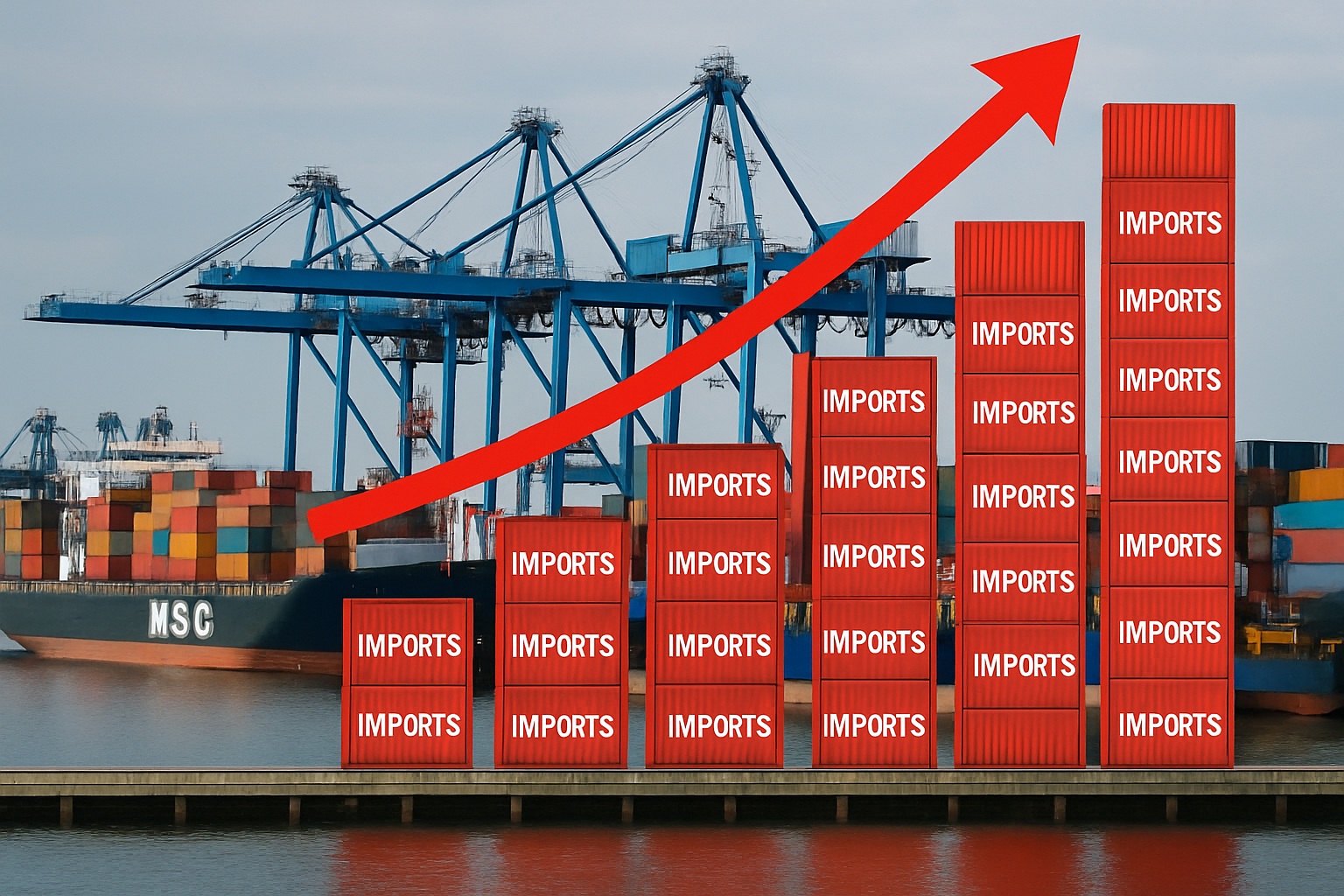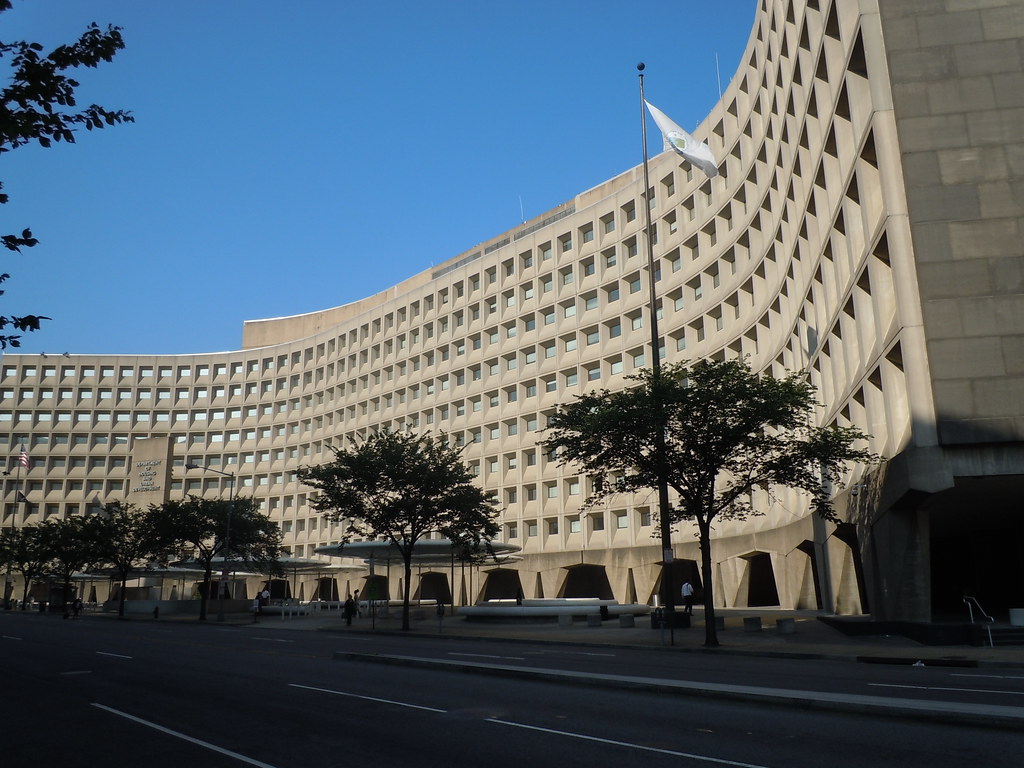For the first time in three years, the U.S. economy shrank.
According to the Bureau of Economic Analysis, real GDP fell by 0.3% in the first quarter of 2025. Markets were expecting modest growth—around 0.3%. Instead, they got a contraction.
That’s not just a number. It’s a warning.
A Sharp Shift from Late 2024
To understand the impact, let’s rewind briefly. In Q4 2024, the U.S. economy grew by 2.4%. In Q3 before that, it was 3.1%. This drop to negative territory happened fast.
It’s the first decline since Q1 2022, and it broke a string of steady gains.
So what changed?
3 Key Drivers Behind the GDP Drop
1. A 41.3% Surge in Imports
Imports exploded in Q1. That might sound like a good thing—people and businesses are buying, right?
But in GDP accounting, imports subtract from growth. And when they rise sharply, like they just did, it drags GDP down. This was the single largest factor behind the contraction.
2. Slower Consumer Spending
Consumer spending rose only 1.8%, the slowest pace since Q2 2023. That’s a red flag.
It suggests that households are pulling back. Whether due to inflation pressures, interest rates, or uncertainty, this slowdown hit hard.
3. Drop in Government Spending
Federal, state, and local governments reduced spending in Q1. That’s another brake on GDP.
But not everything was down.
Fixed Investment Was a Bright Spot
While most components slipped, fixed investment, think infrastructure, equipment, and structures, jumped 7.8%.
That’s significant. It shows that businesses are still building, expanding, and preparing for the future. It helped cushion the blow of slower spending and higher imports.
Why This Matters (More Than You Think)
This isn’t just about economic headlines. It affects markets, policy, and expectations.
The contraction surprised analysts. As TradingEconomics reported, markets were betting on growth, not shrinkage. The -0.3% figure was below consensus and now raises questions about whether the economy is hitting a soft patch or something deeper.
It also puts the Fed in a tough spot. Slowing growth + sticky inflation could complicate interest rate decisions later this year.
The Bigger Picture
Let’s zoom out for context.
Here’s how GDP has moved over the last three quarters:
| Quarter | GDP Growth (Annualized) | Key Driver Highlights |
|---|---|---|
| Q1 2025 | -0.3% | Surge in imports, weak consumer spending, lower gov spend |
| Q4 2024 | +2.4% | Strong consumer/gov spending, decline in imports |
| Q3 2024 | +3.1% | Broad-based growth (details not specified in latest update) |
What’s clear is this: momentum is slowing, and the Q1 drop could be part of a larger pattern if trends continue.
What Comes Next?
There’s some hope on the horizon.
Forecasts from TradingEconomics suggest the U.S. could bounce back in Q2, with projected GDP growth of 1.9%. Long-term projections still point toward 2.0% growth in 2026.
Meanwhile, The Conference Board believes that, while tariffs and global uncertainty could pressure growth, the U.S. may still avoid a full-blown recession. The fundamentals, especially investment and exports, remain resilient.
That said, all eyes are now on the next update. The second estimate for Q1 GDP is due on May 29th. Revisions could clarify the situation further.
This contraction matters. It doesn’t guarantee a recession, but it signals caution. Consumer behavior is shifting. Trade dynamics are volatile. And despite strong investment, the headwinds are real.
Smart investors, policymakers, and business owners will watch the next few months closely because the direction of Q2 might determine where the U.S. economy heads next.



